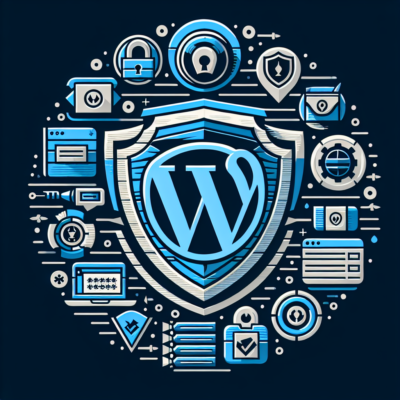
Securing Your WordPress Website
In today’s digital age, website security is paramount. WordPress, being one of the most popular content management systems, is often a target for cyber-attacks. Ensuring your WordPress site is secure is not just about protecting your data but also about maintaining your site’s credibility and user trust. Here are some essential tips to secure your WordPress website.
Regular Updates
Regularly updating your WordPress core, themes, and plugins is crucial. These updates often include security patches that protect your site from vulnerabilities. Always ensure you are using the latest versions.
Strong Passwords and User Permissions
Create strong, complex passwords for all user accounts and regularly update them. Additionally, assign user roles appropriately, ensuring that users only have the permissions they need.
Install a Security Plugin
Security plugins offer features like malware scanning, firewall protection, and login monitoring. Popular security plugins like Wordfence, Sucuri, and iThemes Security can significantly enhance your site’s security.
Backup Your Site Regularly
Regular backups ensure that you can quickly restore your site in case of an attack. Use plugins like UpdraftPlus or BackupBuddy to schedule automatic backups.
Use SSL Certificates
An SSL certificate encrypts data transferred between your server and users, making it harder for attackers to intercept information. Most hosting providers offer free SSL certificates, so take advantage of this feature.
Limit Login Attempts
Limiting login attempts can prevent brute force attacks where hackers try multiple password combinations to gain access. Plugins like Login LockDown or WP Limit Login Attempts can help implement this feature.
Change the Default Login URL
Changing the default login URL (usually wp-admin or wp-login.php) makes it harder for attackers to find your login page. Use plugins like WPS Hide Login to customize your login URL.
Conclusion
Securing your WordPress website is an ongoing process that requires diligence and the right tools. By following these tips, you can significantly reduce the risk of cyber-attacks and keep your website safe for your users.